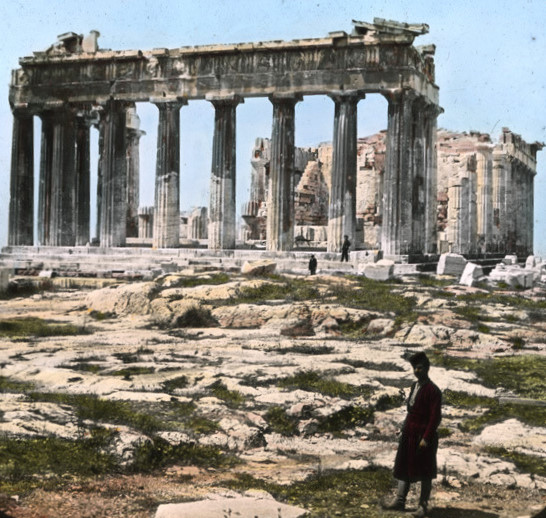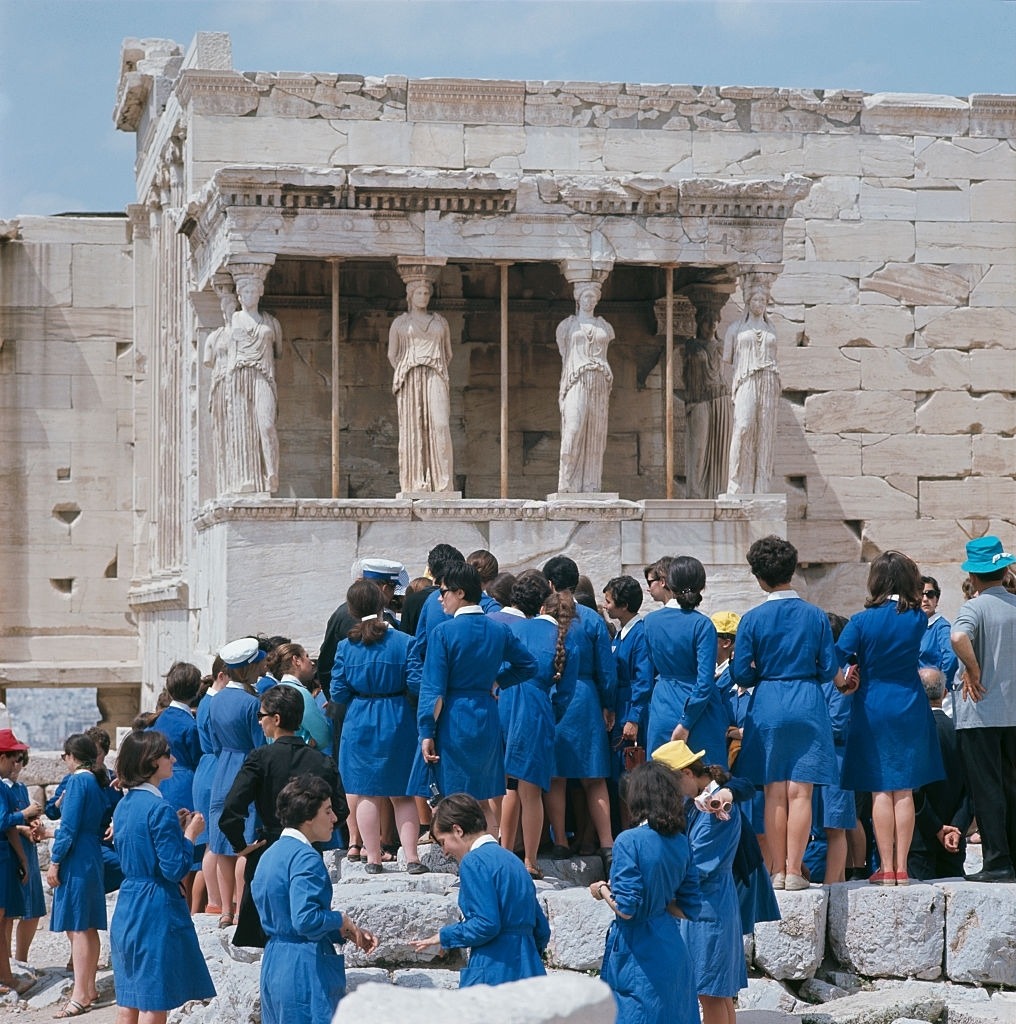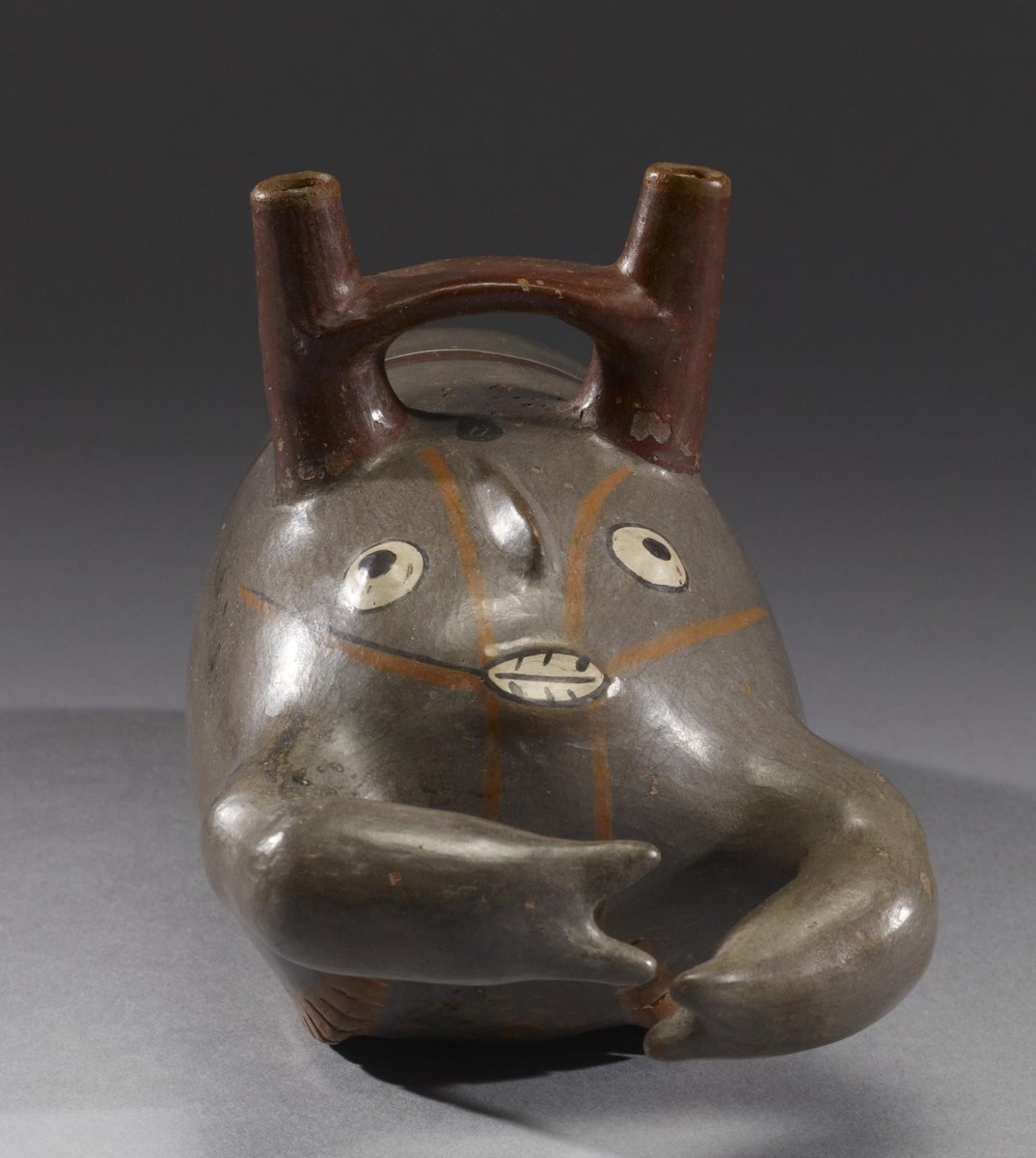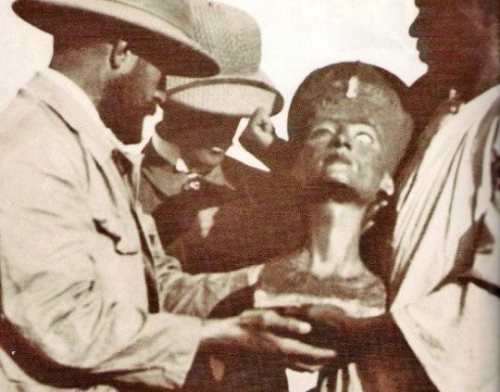1701
1703
1704
1706
1707
1709
1714
The Imperial Crown. Place of origin: West Germany.Date: 2nd half of the 10th century; Crown cross addition of the early 11th century.Medium: Gold, enamel, gemstones, pearls. It is now kept in the Imperial Treasury at the Hofburg in Vienna, Austria.
1716
1717
1718
1720
1721
1722
1724
1725
























